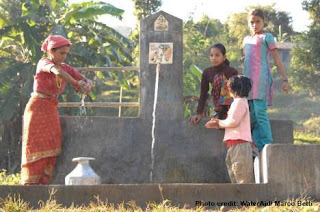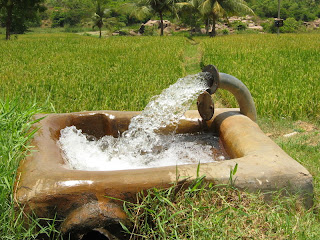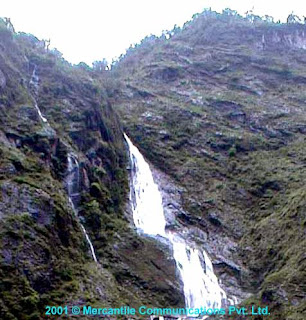 CAD engineering is widely used to design and develop products to be used by end consumers or intermediate goods used in other products. CAD is used extensively in engineering process in Nepal.
CAD engineering is widely used to design and develop products to be used by end consumers or intermediate goods used in other products. CAD is used extensively in engineering process in Nepal.CAD is used in almost all engineering based industries like architecture, automotive, consumer, electronic, electrical, machinery, and construction, to mention only a few. Architects use CAD to design buildings while using the software package to enable drawings and designs. CAD enables civil engineers and architects in a variety of ways like aiding them in architectural, electrical, structural, and interior designs, to mention only a few.
Engineering industries, especially mechanical engineering based companies, use CAD in a variety of ways. Right from creating engineering drawings to 3D  modeling, CAD is used in most of the manufacturing process. 3D modeling and pro-engineering packages allow engineering companies to design products or components for machinery, taking care of even the minutest of details. The entire process saves time and money and ensures precision and accuracy. With increasing sophistication in many industries, the design concepts done using CAD are directly fed into the manufacturing process using Computer Aided Manufacturing (CAM) systems. Electrical and electronic engineering industries use CAD for things like PCB designs and wiring layout designs. CAD is also used to design the overall layout of a manufacturing unit.
modeling, CAD is used in most of the manufacturing process. 3D modeling and pro-engineering packages allow engineering companies to design products or components for machinery, taking care of even the minutest of details. The entire process saves time and money and ensures precision and accuracy. With increasing sophistication in many industries, the design concepts done using CAD are directly fed into the manufacturing process using Computer Aided Manufacturing (CAM) systems. Electrical and electronic engineering industries use CAD for things like PCB designs and wiring layout designs. CAD is also used to design the overall layout of a manufacturing unit.
CAD engineering enables quicker product turn around times, as a result of which we see more and more new products hitting the market everyday. CAD engineering is responsible for the advent of robotics into the manufacturing sector, with more and more engineering processes being automated for increased accuracy and production.
1.CAD Drafting (Mechanical, Structural,Civil & Architectural) and conversion of legacy paper drawings to CAD formats in the most commonly used AutoCAD platforms and new platforms on appraisal of your needs can be quickly added.
2. 2D to 3D Modeling.
3. Digitization and Vectorization for PAPER TO CAD CONVERSION PROJECT for GIS.
4. Production Drafting for Architectural detailing.
5. Production the Shop Drawings and Asbuilt Drawings











